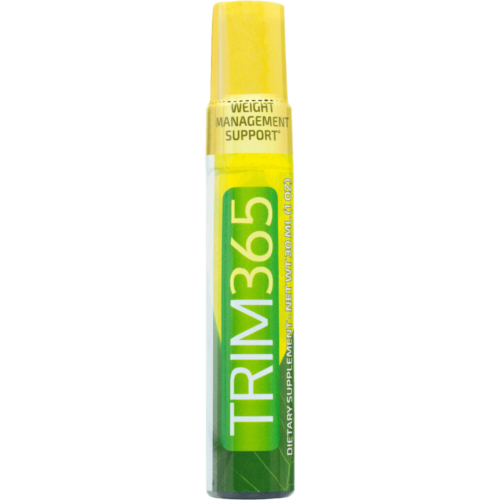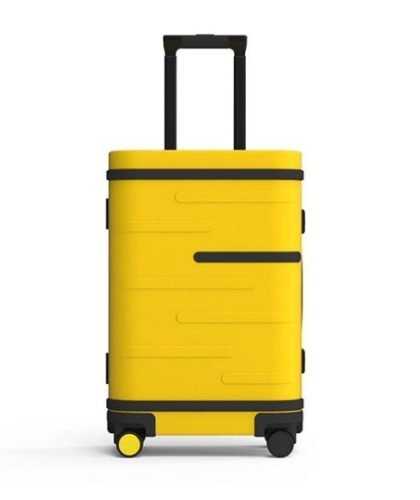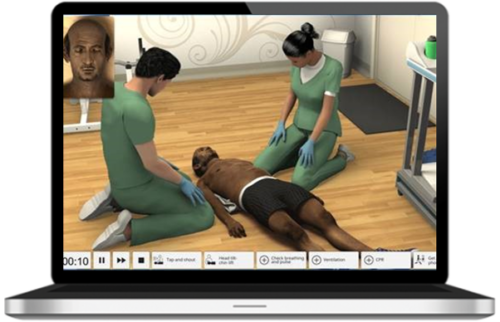
Warning fictitious title: A New York Fitness Club Closed, Along with Employees and Members Quarantined
Could your health club become the point of contact with the deadly Ebola virus?
It’s been little more than 95 years since what was to become known as the Spanish Flu ravaged the World killing between 3-5% of the entire population, making it one of the deadliest natural disasters of all time. Could Ebola be heading us toward another World-wide pandemic? It certainly is possible that sweat left behind on equipment upholstery or saliva residue on a water fountain could lead to cross-contamination.
What does it do? Symptoms of Ebola include fever, muscle aches, chills, sore throat, vomiting and diarrhea and a rash. The Ebola virus overwhelms cellular protein synthesis mechanisms, decreasing normal cell function; it interferes with neutrophil (white blood cell) signaling, inhibiting immune response. These neutrophils act as carriers transporting the virus throughout the entire system. Once the virus permeates the body the immune system mounts an all-out attack releasing a cytokine (chemical messenger) storm. This cytokine storm, also known as cytopathic effect, disrupts the structural integrity of endothelial cells, leading to the rupture of blood vessels. The body causes further damage to itself by lowering blood pressure in response to the loss of blood and plasma fluid.
Could someone infected with Ebola end up next to me on the treadmill? Yes, there is a chance. The virus can remain for up to 3 weeks in the body. It is possible that an infected individual could board a plane in West Africa, travel to the U.S., and never know they were carrying the disease. Ebola is actually much harder to spread than respiratory infections, such as influenza or measles. Those viruses pose a much greater threat on a plane or in any confined space. While it’s possible that someone could become infected with Ebola in Africa before boarding a plane to the U.S., it’s very unlikely that they would spread it to other passengers. On a plane, a sick person could potentially contaminate the bathroom if he or she vomits or has diarrhea.
How is it spread? The virus is spread through contact with the bodily fluids of an infected host. Blood, urine, feces, etc. can be contact sources of infection. This makes health care workers extremely susceptible to the spread of the disease. The bleeding that may occur around the eyes, mouth and ears, for example, can allow the virus to be more easily spread to others. However, the virus is not airborne. Just being in the same general area as someone infected will not cause transference. If you’re an avid gym goer you may be thinking… what about sweat? And there maybe reason for concern. Potentially, the virus could be transmitted by contact with perspiration. The good news is that it is unlikely due to viral concentrations being very low, but there is still a risk.
Hospitals in the USA are on high alert for Ebola, however, and would quickly isolate anyone with suspicious symptoms who has recently returned from Africa. Once people are infected, however, there is no effective treatment. Anti-viral medications used for other illnesses, such as the flu and HIV, don’t appear to work on Ebola. The good news is a vaccine is in development and could be available soon. It’s already shown efficacy in chimpanzees, and human trials have just begun. Once a vaccine is released is would only be administered to those at risk of infection, like healthcare workers.
As for your workout plans… don’t place yourself in quarantine just yet. The likelihood of it entering the U.S. is low; if it did it would be contained quickly, and if it somehow managed to slip into the population, the chances that it would be transmitted via sweat is low. With all that considered, it will probably not be the next plague or lead to a zombie apocalypse.
Op-Ed Contributor
By Brian Hanrahan, MS
Published: Sept 22, 2014












































































